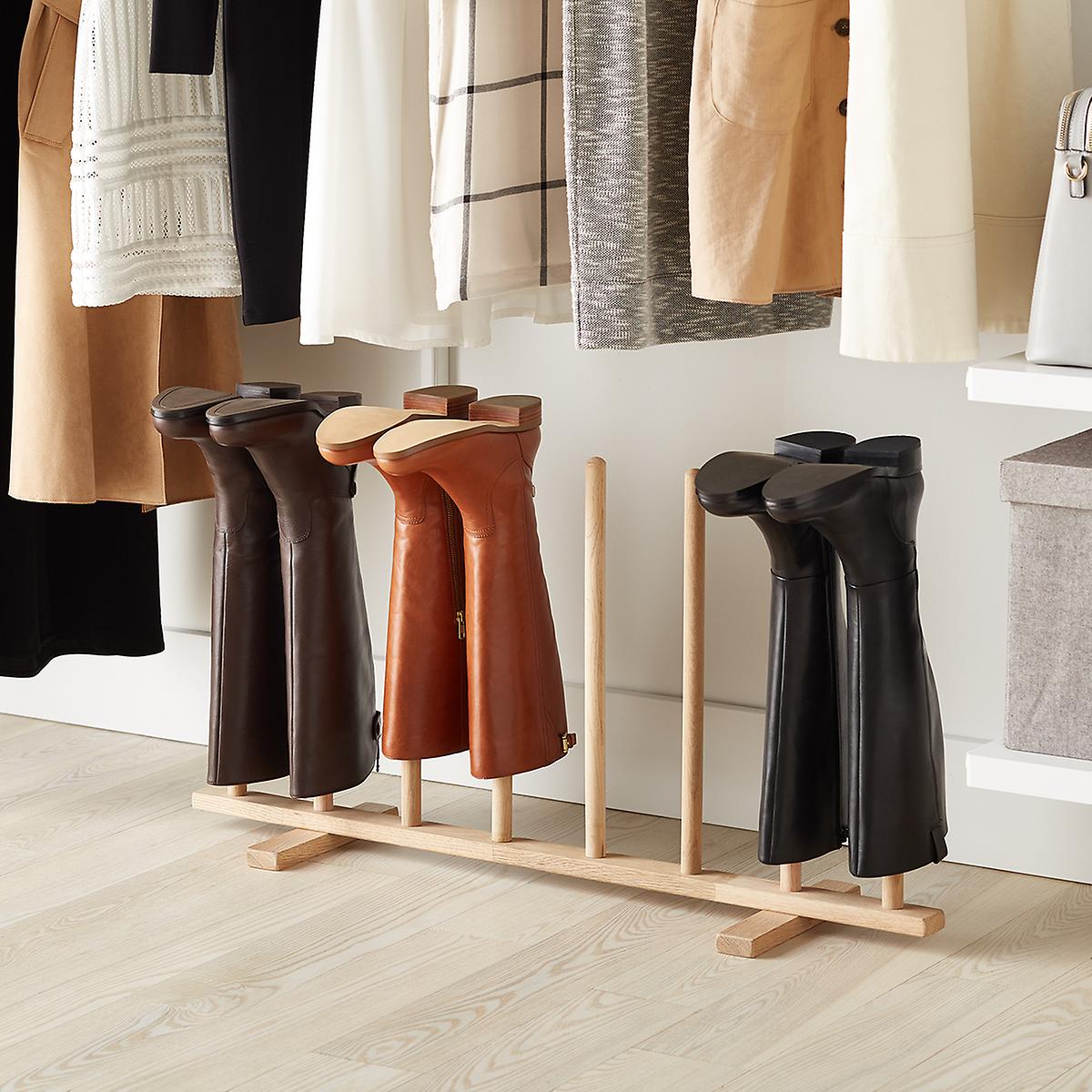

Articles
How To Store Winter Boots
Modified: January 19, 2024
Learn the best tips and tricks for storing your winter boots to keep them in top condition throughout the year. Check out our articles for expert advice on winter boot storage.
(Many of the links in this article redirect to a specific reviewed product. Your purchase of these products through affiliate links helps to generate commission for Storables.com, at no extra cost. Learn more)
Introduction
As winter comes to an end, it’s time to start thinking about storing your winter boots. Proper storage is essential to ensure their longevity and maintain their condition for next season. By taking the time to clean, prepare, and store your boots correctly, you can ensure that they’ll be ready to go when the cold weather rolls around again. In this article, we’ll explore the importance of proper boot storage, provide tips on choosing the right storage space, offer guidance on cleaning and preparing your winter boots, and share valuable advice to help you avoid common mistakes. So, let’s dive in and learn how to store winter boots effectively!
Key Takeaways:
- Properly storing winter boots is crucial for maintaining their quality, condition, and longevity. From choosing the right storage space to cleaning and preparing the boots, each step plays a crucial role in preserving their form and protecting them from damage.
- Avoiding common mistakes and regularly checking stored boots ensures their well-being. By dedicating a little time and effort to proper winter boot storage, you can ensure that your boots remain in fantastic condition season after season.
Why Proper Storage is Important
Proper storage of your winter boots is crucial for several reasons. First and foremost, it helps preserve the quality and condition of the boots. Winter boots are exposed to harsh conditions – snow, ice, salt, and slush – which can take a toll on their material and structure. If not stored properly, these elements can cause the boots to deteriorate, leading to cracks, discoloration, and even damage to the soles.
Furthermore, improper storage can result in the boots losing their shape and structure. If left to flop around in a closet or under a bed, they may become misshapen or creased, making them uncomfortable to wear and decreasing their overall lifespan.
Proper storage also helps to prevent the growth of mold and mildew. Moisture from snow and moisture-wicking socks can seep into the boots and create a breeding ground for bacteria. Storing your boots in a dry and well-ventilated area helps prevent the growth of mold, eliminating unpleasant odors and potential health risks.
Lastly, proper storage ensures that your boots are easily accessible when the next winter season arrives. When stored haphazardly, it can be challenging to locate and retrieve them quickly. By organizing and storing your boots in a logical manner, you’ll save time and frustration when the cold weather hits.
Now that we understand the importance of proper boot storage, let’s move on to selecting the right storage space.
Choosing the Right Storage Space
When it comes to storing your winter boots, selecting the right storage space is essential. You want to choose an area that is clean, dry, and well-ventilated. Here are a few options to consider:
- Closet or Shoe Rack: If you have ample closet space, consider designating a specific section for your winter boots. Invest in a shoe rack or boot organizer to keep them neatly arranged and easily accessible. Make sure the closet is dry and away from any sources of moisture to prevent mold growth.
- Under-Bed Storage: Utilizing under-bed storage containers is an excellent option if closet space is limited. Look for ones specifically designed for storing shoes or boots, as they often have compartments or dividers to keep your boots separated and prevent them from getting crushed.
- Boot Tray: If storage space is particularly limited, a boot tray can be a convenient solution. These trays are designed to catch any moisture or melting snow, keeping your floors clean and your boots organized. Place the tray near an entryway or mudroom for easy access.
- Storage Boxes: If you prefer to store your boots in boxes, ensure that the boxes are large enough to accommodate the boots without excessive bending or folding. Opt for sturdy, moisture-resistant containers and label them clearly to identify the contents.
Regardless of the storage space you choose, remember to keep the area clean and free from dust. Regularly vacuum or wipe down any surfaces to prevent dirt and debris from accumulating on your boots.
Now that you’ve selected the right storage space, let’s explore how to clean and prepare your winter boots before storing them.
Cleaning and Preparing Your Winter Boots
Before storing your winter boots, it’s important to give them a thorough cleaning to remove any dirt, salt residue, or moisture that may be trapped in the material. Here’s a step-by-step guide to cleaning and preparing your winter boots:
- Remove Dirt and Debris: Use a brush or cloth to gently remove any dirt or debris from the surface of your boots. Pay attention to the seams and crevices where dirt tends to accumulate.
- Treat Stains: If you have any stubborn stains on your boots, use a mild detergent or specialized cleaner to spot treat them. Follow the instructions on the product and be sure to test it on a small, inconspicuous area first to ensure it won’t damage the material.
- Wipe Down the Exterior: Take a damp cloth and wipe down the exterior of your boots to remove any remaining dirt or cleaning solution. Allow the boots to air dry completely before proceeding to the next step.
- Clean the Interior: Use a soft brush or cloth to clean the inside of your boots. This will help remove any moisture or sweat that may have accumulated. If necessary, you can also use a gentle disinfectant spray to eliminate any odors.
- Condition the Leather: If your winter boots are made of leather, it’s beneficial to apply a leather conditioner to help nourish and protect the material. Follow the instructions on the conditioner and ensure that it is compatible with your boot’s specific type of leather.
- Remove Odors: To keep your boots smelling fresh, you can place odor-absorbing inserts or sachets inside them before storing. Alternatively, you can use household items like baking soda or activated charcoal to absorb any lingering odors.
- Lace Removal: If your boots have laces, it’s recommended to remove them before storing. This not only allows for better cleaning and conditioning of the boots but also helps prevent the laces from becoming tangled or damaged.
By following these steps, you’ll ensure that your winter boots are clean, dry, and ready for storage. Next, let’s explore how to properly stuff and support your boots.
Stuffing and Supporting Your Boots
Properly stuffing and supporting your winter boots is crucial to maintaining their shape and preventing them from developing creases or wrinkles. Here are some tips to help you ensure your boots retain their form while in storage:
- Use Boot Shapers: Invest in boot shapers or boot forms specifically designed to maintain the shape of your boots. These inserts help prevent the boots from collapsing or slouching while stored. Insert them into the boots and adjust them to fit properly.
- Newspaper or Tissue Paper: If you don’t have boot shapers, you can use crumpled newspaper or tissue paper as an alternative. Fill the boots tightly with newspaper or tissue paper to maintain their shape. Avoid using colored paper as it may transfer ink onto the boots.
- Avoid Overstuffing: While it’s important to fill the boots, avoid overstuffing them, as this can lead to unnecessary pressure on the material. The boots should be filled enough to maintain their shape, but not to the point where they become stretched or misshapen.
- Support the Ankles: To prevent the ankles from bending or collapsing, place rolled-up socks or cloth around them. This additional support helps maintain the shape of the boots and prevents any creasing or weakening of the ankle area.
- Store Upright: When storing your boots, keep them upright to maintain their form. Avoid stacking heavy objects on top of them or placing them in a way that can cause pressure or distortion.
Properly stuffing and supporting your boots will help ensure that they retain their shape and structure throughout the storage period. Next, let’s explore the ideal environment for storing winter boots.
To store winter boots, clean them thoroughly, stuff them with newspaper to maintain their shape, and store them in a cool, dry place away from direct sunlight to prevent damage.
Read more: How To Store Boots
Storing in a Dry and Cool Environment
The environment in which you store your winter boots plays a significant role in their preservation. Here are some tips on selecting an ideal storage location:
- Avoid Moisture: Moisture is the enemy of winter boots. Choose a storage space that is dry and free from any dampness or humidity. Excessive moisture can lead to mold, mildew, and musty odors. Consider using moisture-absorbing products, such as silica gel packets, to keep the environment dry.
- Temperature Control: Extreme temperatures can also damage your boots. It’s best to store them in a cool environment with a consistent temperature. Avoid storing them in areas that are exposed to direct sunlight or extreme heat, as this can cause the materials to deteriorate or fade.
- Ventilation: Adequate ventilation is essential to prevent the growth of mold and allow your boots to breathe. Avoid storing your boots in airtight containers or bags, as this can trap moisture and encourage bacterial growth. Instead, opt for breathable storage solutions or leave some space for air circulation.
- Keep Away from Chemicals: Store your winter boots away from any chemicals or strong odors. These substances can seep into the boots and cause damage or unpleasant smells. Choose a storage space that is free from any potential contaminants.
When arranging your boots in the storage area, make sure to leave enough space between them to allow for proper ventilation and to avoid any unnecessary pressure or friction. Additionally, consider covering your boots with a breathable fabric or a boot bag to protect them from dust while still allowing air circulation.
Now that you know the importance of a dry and cool storage environment for your winter boots, let’s move on to discussing some common mistakes to avoid.
Avoiding Common Mistakes
When it comes to storing winter boots, there are a few common mistakes that many people make. By being aware of these mistakes, you can avoid damaging your boots and ensure their longevity. Here are some common mistakes to steer clear of:
- Not Cleaning Before Storage: One of the biggest mistakes is failing to clean your boots before storing them. Dirt, salt residue, and moisture left on the boots can lead to deterioration and mold growth over time. Always clean and dry your boots thoroughly before storing them.
- Storing Wet Boots: Another common mistake is storing wet or damp boots. Moisture trapped in the boots can cause mold, mildew, and unpleasant odors. Make sure your boots are completely dry before putting them into storage.
- Wrong Storage Containers: Using improper storage containers can also damage your boots. Avoid storing them in plastic bags or airtight containers as they can trap moisture and lead to the growth of mold. Instead, opt for breathable fabric bags or boot storage solutions specifically designed for preserving boots.
- Ignoring Checking and Maintenance: Neglecting to check and maintain your boots during storage can lead to unpleasant surprises when you retrieve them. Regularly inspect your boots for signs of mold, damage, or pests. Treat any issues promptly and air out your boots periodically to avoid odors.
- Storing in Unsuitable Conditions: Storing your boots in environments that are too hot, too cold, or excessively humid can cause significant damage. Be mindful of the conditions in which you store your boots and aim for a cool, dry, and well-ventilated area.
By avoiding these common mistakes, you can ensure that your winter boots remain in excellent condition and are ready to use when the next winter season arrives.
Now that we’ve covered the common mistakes to avoid, let’s move on to discussing the importance of regularly checking your stored boots.
Checking Your Boots Regularly
Even when your winter boots are properly stored, it’s important to check them regularly to ensure their condition and address any potential issues. Here are some reasons why regularly checking your stored boots is crucial:
- Mold and Mildew Prevention: Regularly inspecting your boots allows you to spot any signs of mold or mildew early on. If you notice any growth or musty odor, take immediate action to prevent further damage. Clean the affected areas with a mild detergent or specialized cleaner and ensure the boots are thoroughly dried before returning them to storage.
- Pest Infestation: Stored boots can sometimes become a refuge for pests, such as insects or rodents. Regularly checking your boots helps you identify any signs of pest infestation, such as chew marks or droppings. If you notice any pests, take the necessary steps to eradicate them and ensure your boots are properly protected.
- Adjustments and Maintenance: Over time, the condition of your boots may change, and adjustments may be needed. Regularly checking them allows you to address any issues, such as loose fittings, loose stitching, or worn outsoles. Make any necessary repairs or adjustments to ensure your boots are in optimum condition for future use.
- Odor Prevention: Even when stored properly, boots can sometimes develop odors. Regularly checking your boots allows you to detect any unpleasant smells early on. If you notice any odors, you can take steps to eliminate them, such as using odor-absorbing inserts or placing your boots in a well-ventilated area.
By checking your boots regularly, you can catch and address any potential problems before they worsen and affect the overall quality and lifespan of your boots.
Now that we’ve discussed the importance of regularly checking your boots, let’s wrap up this article.
Conclusion
Properly storing your winter boots is essential for maintaining their quality, condition, and longevity. By following the tips outlined in this article, you can ensure that your boots remain in excellent shape and are ready to tackle the next winter season. From choosing the right storage space to cleaning and preparing your boots, from properly stuffing and supporting them to storing them in a dry and cool environment, each step plays a crucial role in preserving their form and protecting them from damage. Avoiding common mistakes and regularly checking your stored boots further ensures their well-being.
Remember to clean your boots thoroughly before storage, treat any stains or odors, and allow them to completely dry. Properly stuffing and supporting your boots helps maintain their shape and prevents creasing or wrinkles. Choosing the right storage space, one that is clean, dry, and well-ventilated, is crucial to protect them from moisture and mold growth. Avoiding common mistakes, such as storing them wet or using improper containers, is essential for their preservation. Finally, regularly checking your boots allows you to address any issues promptly and prevent further damage.
By dedicating a little time and effort to proper winter boot storage, you can ensure that your boots remain in fantastic condition season after season. So, when the temperature drops and the snow starts to fall again, your boots will be ready to keep your feet warm, dry, and stylish.
Happy boot storing!
Frequently Asked Questions about How To Store Winter Boots
Was this page helpful?
At Storables.com, we guarantee accurate and reliable information. Our content, validated by Expert Board Contributors, is crafted following stringent Editorial Policies. We're committed to providing you with well-researched, expert-backed insights for all your informational needs.
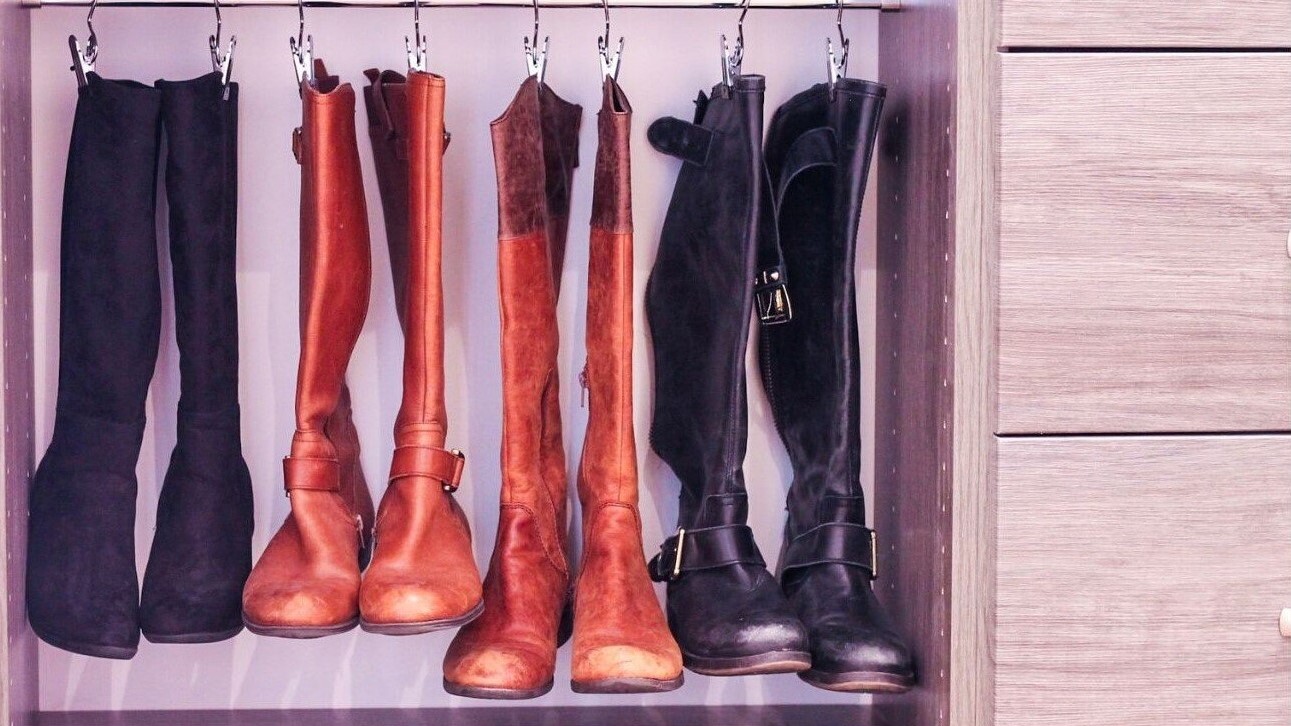
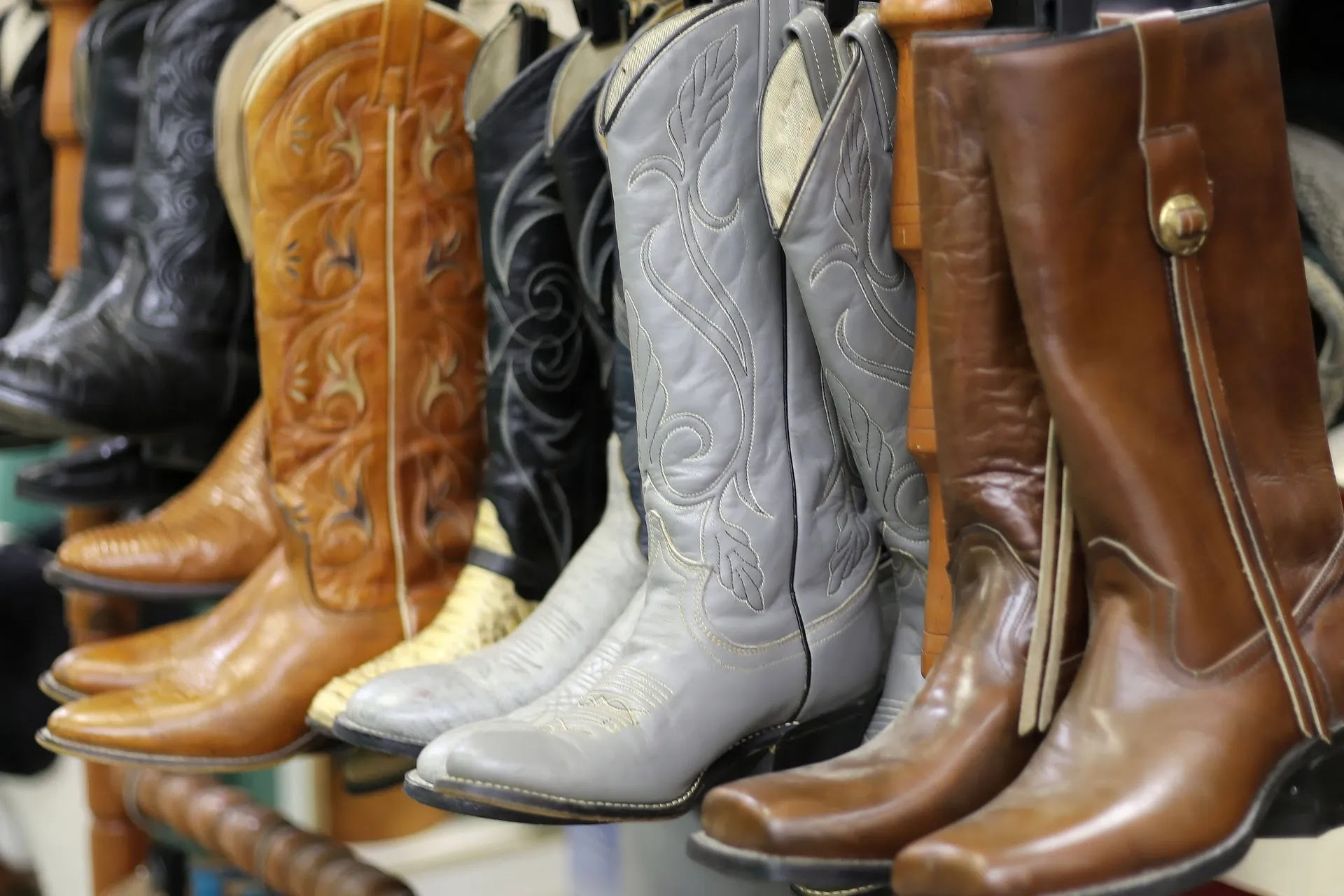
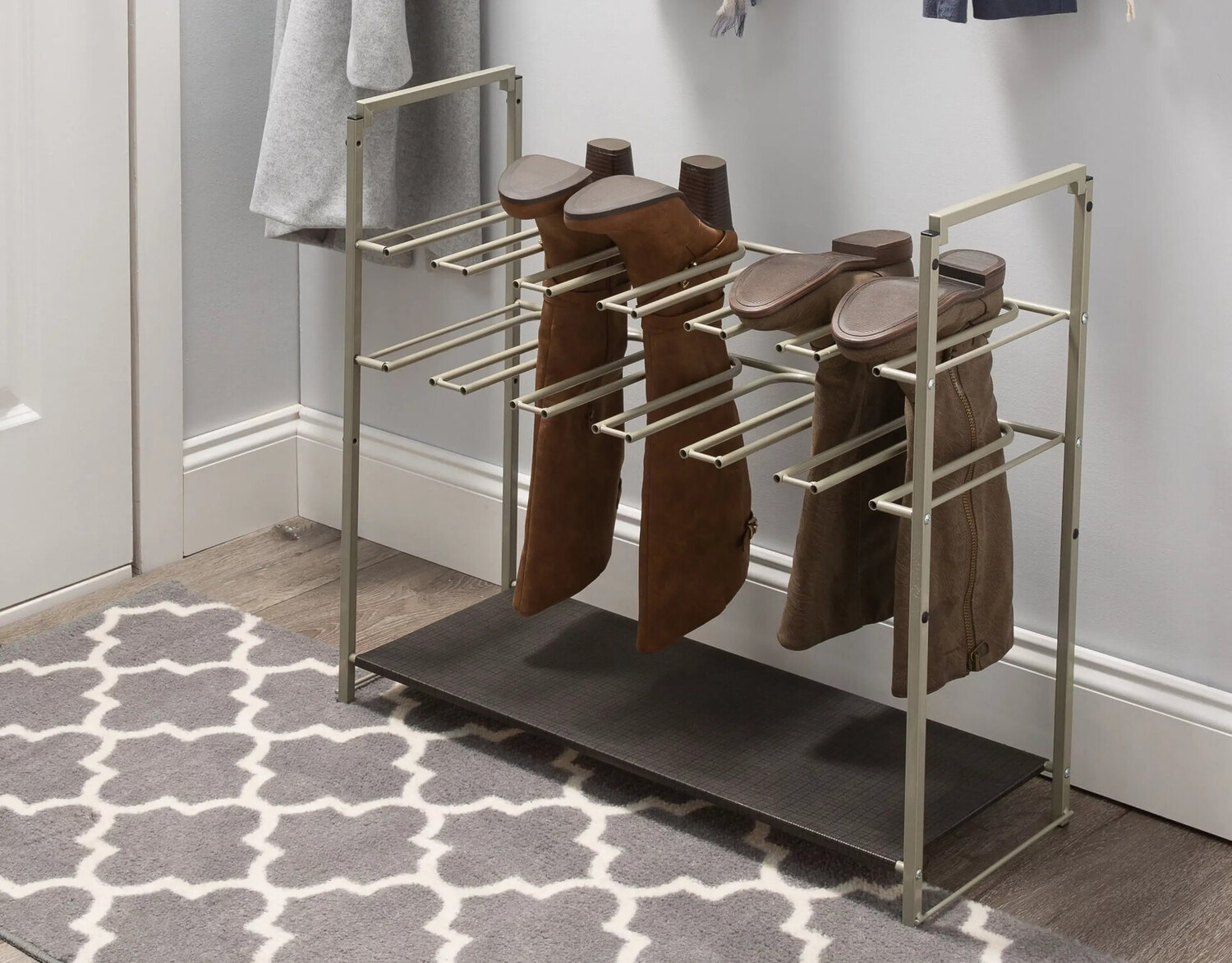
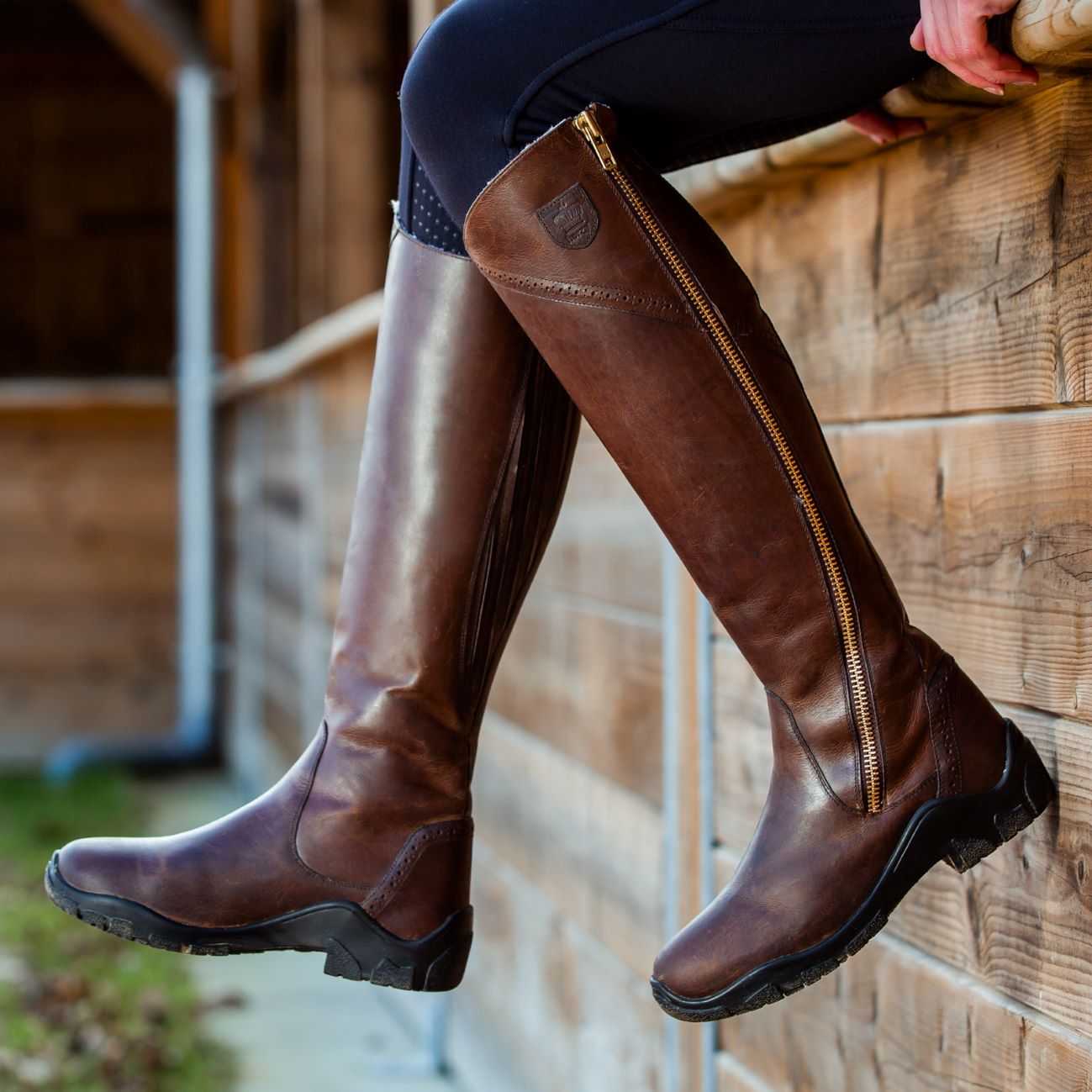
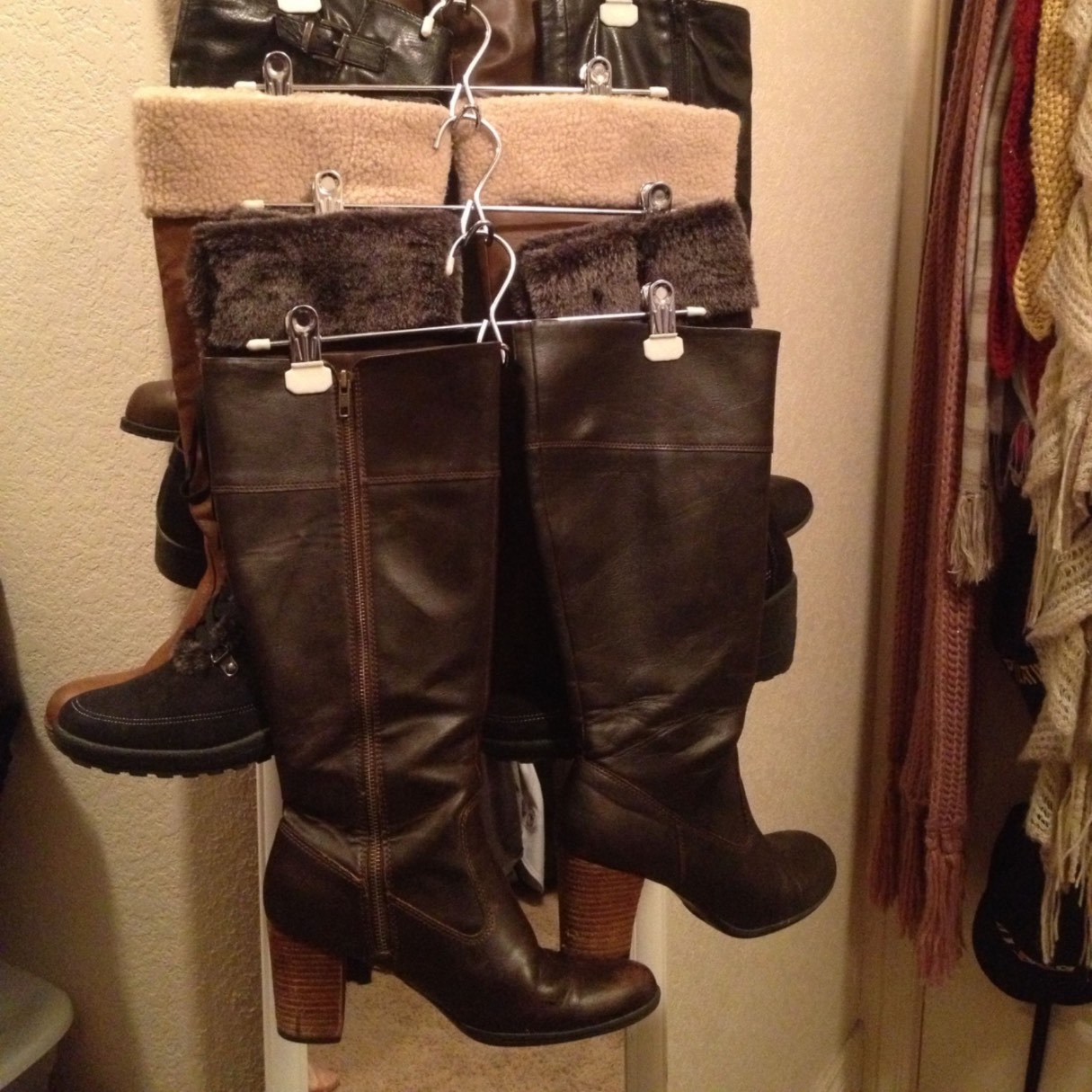
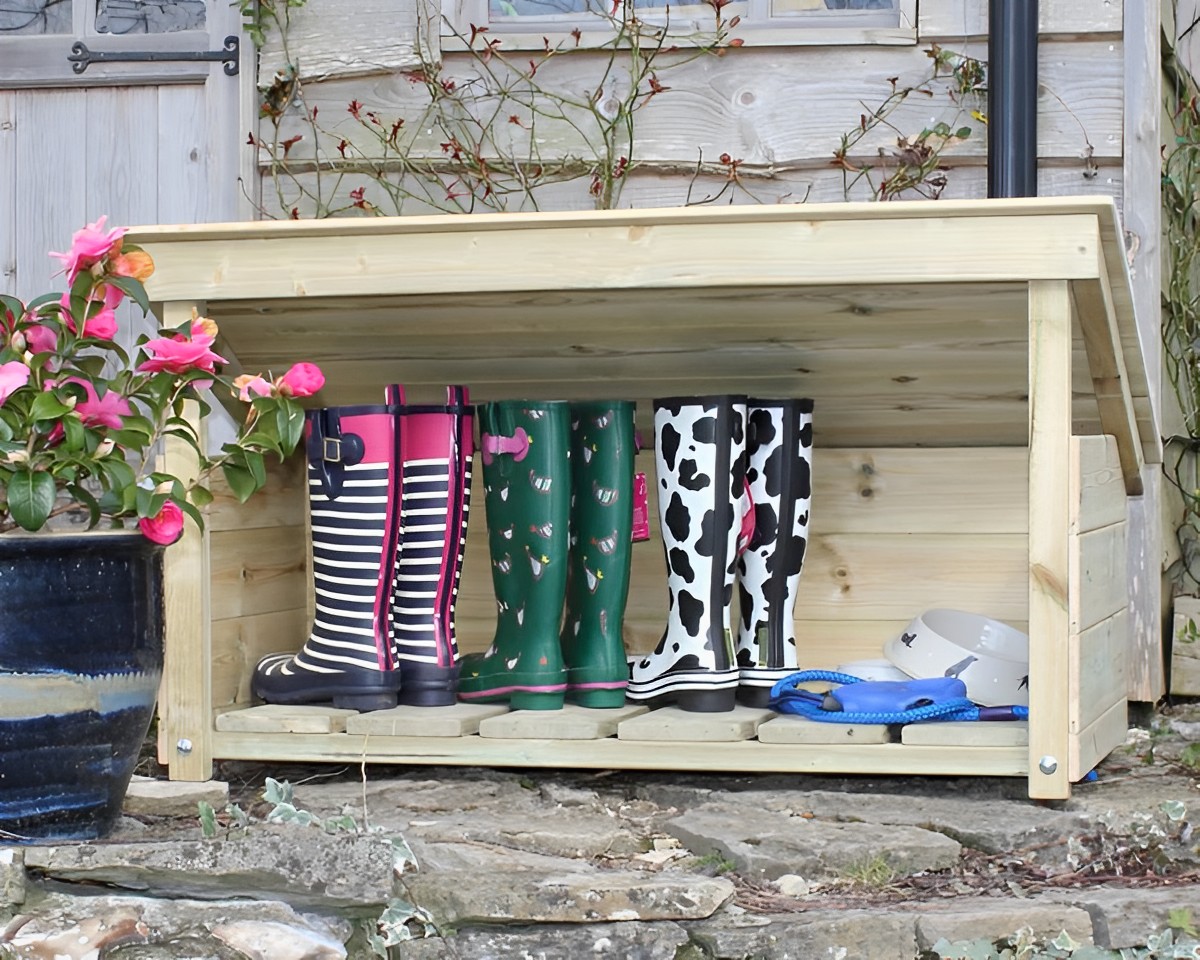

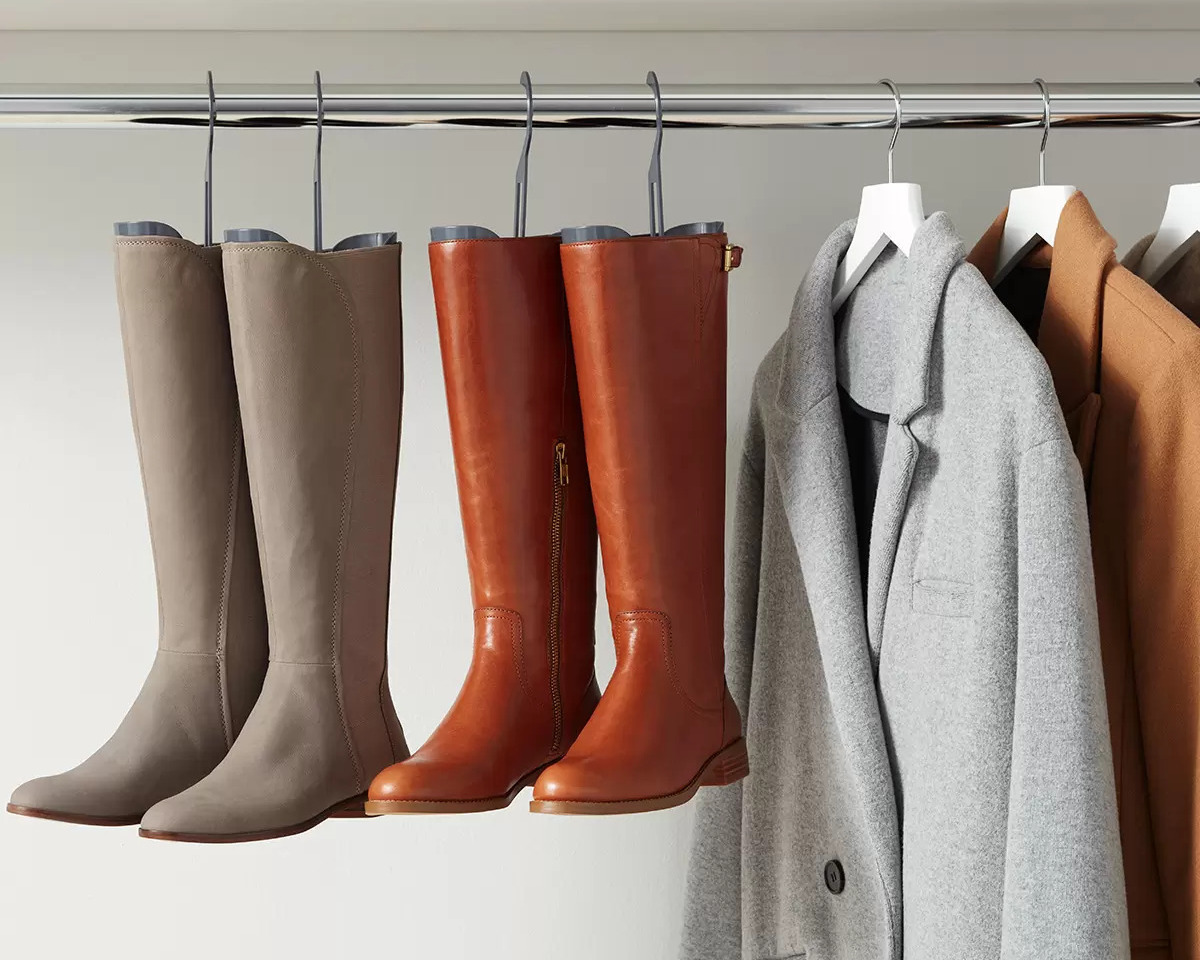
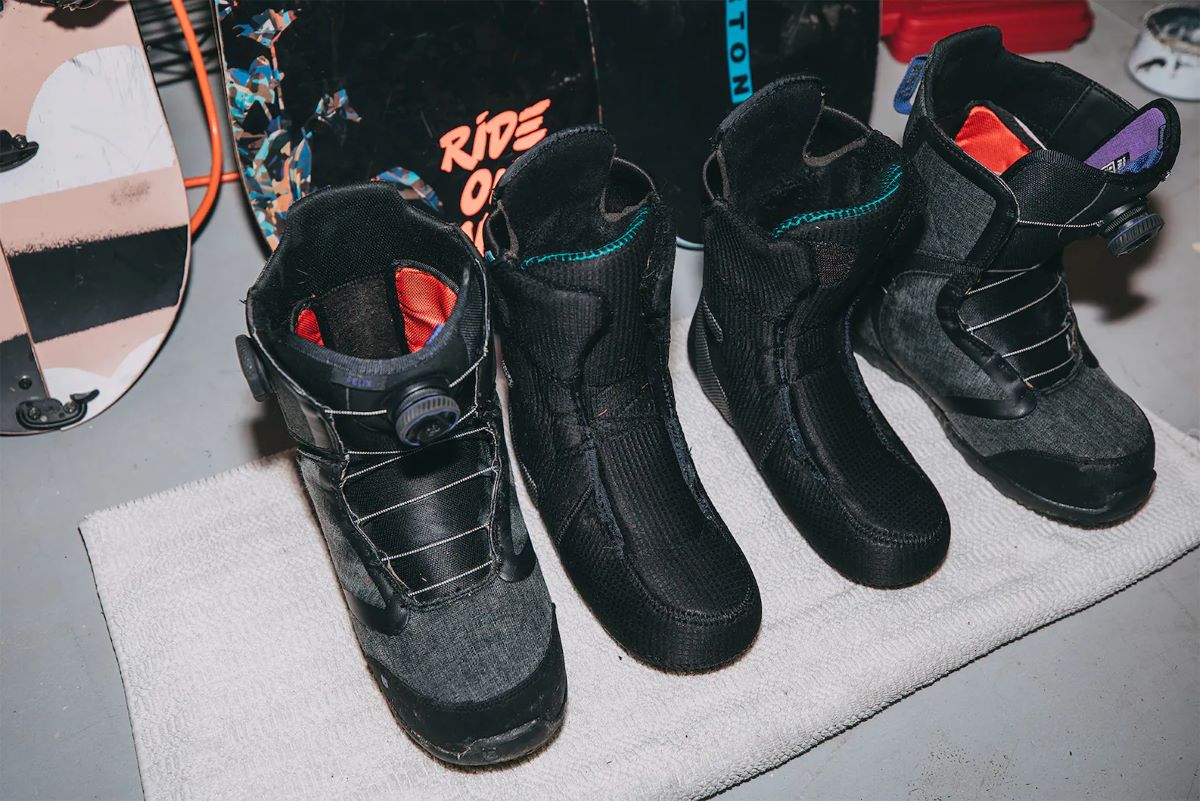
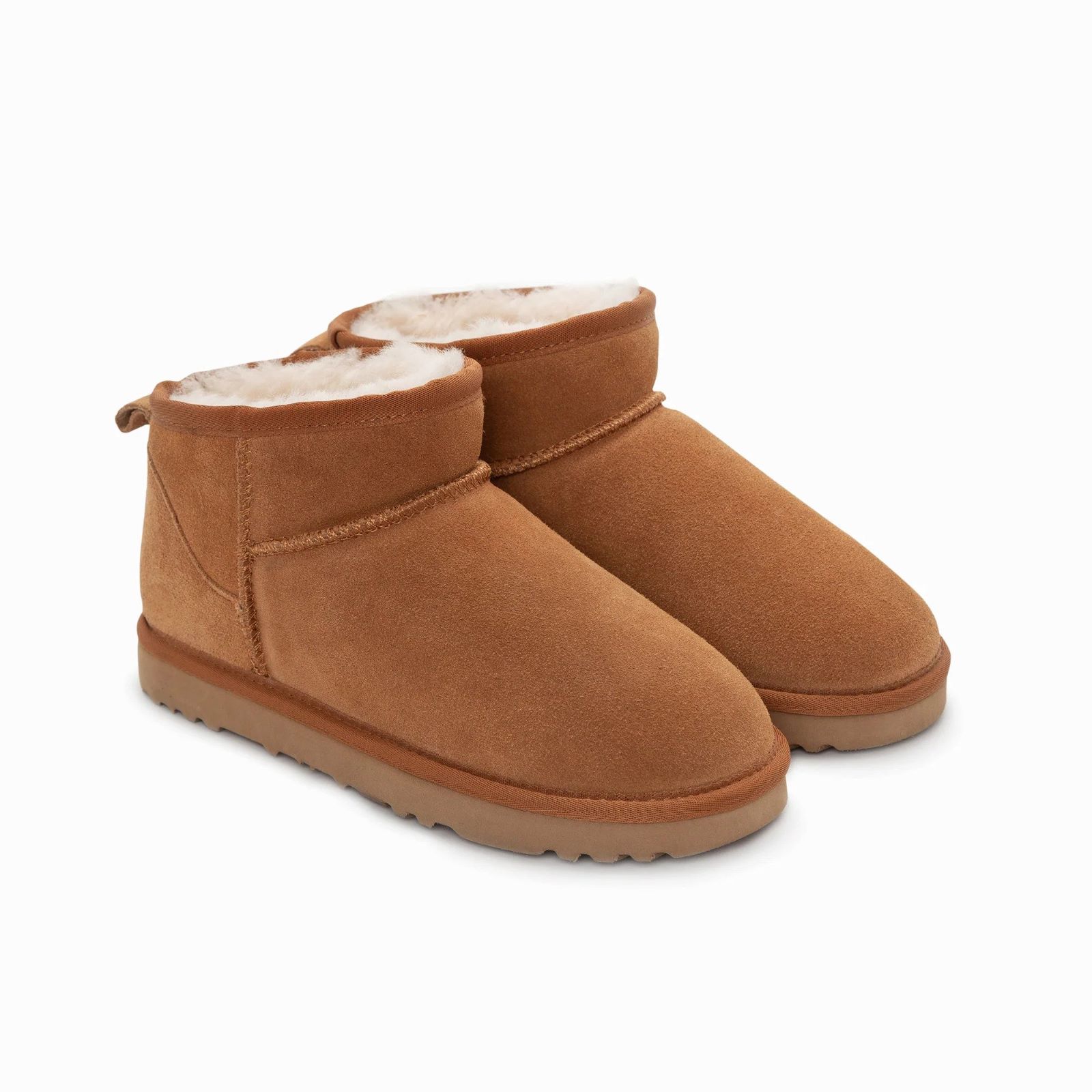
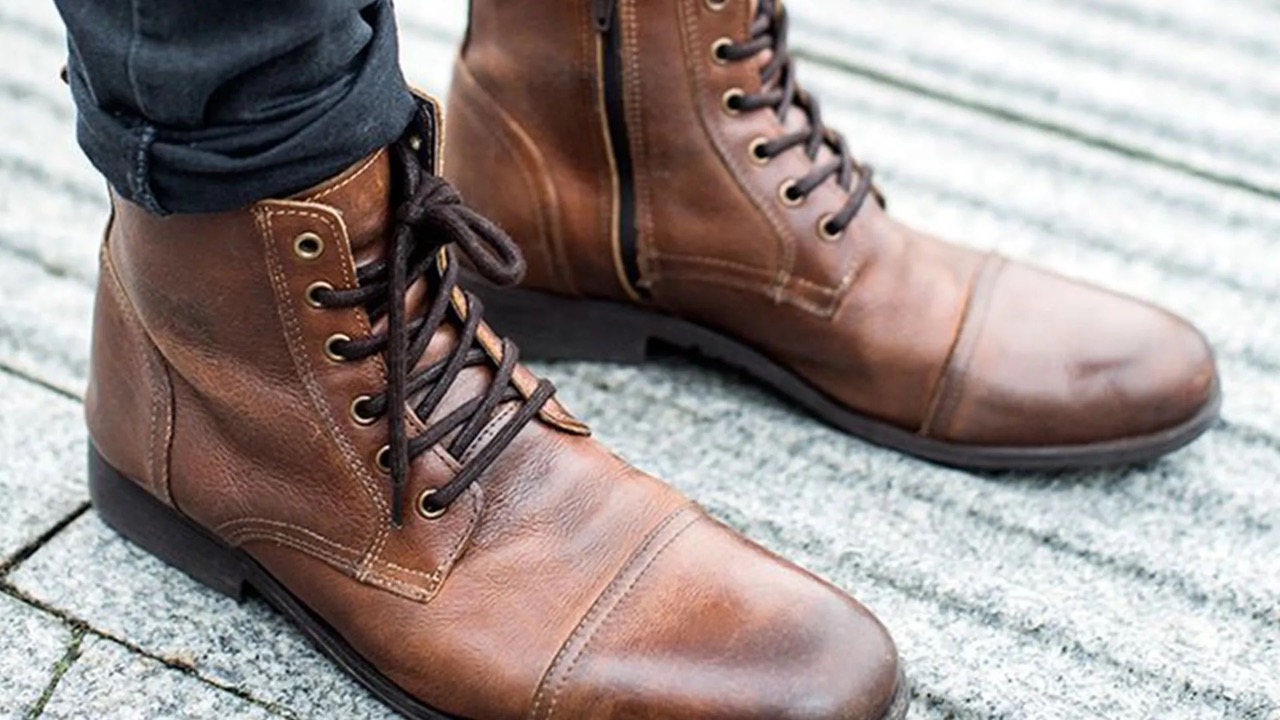

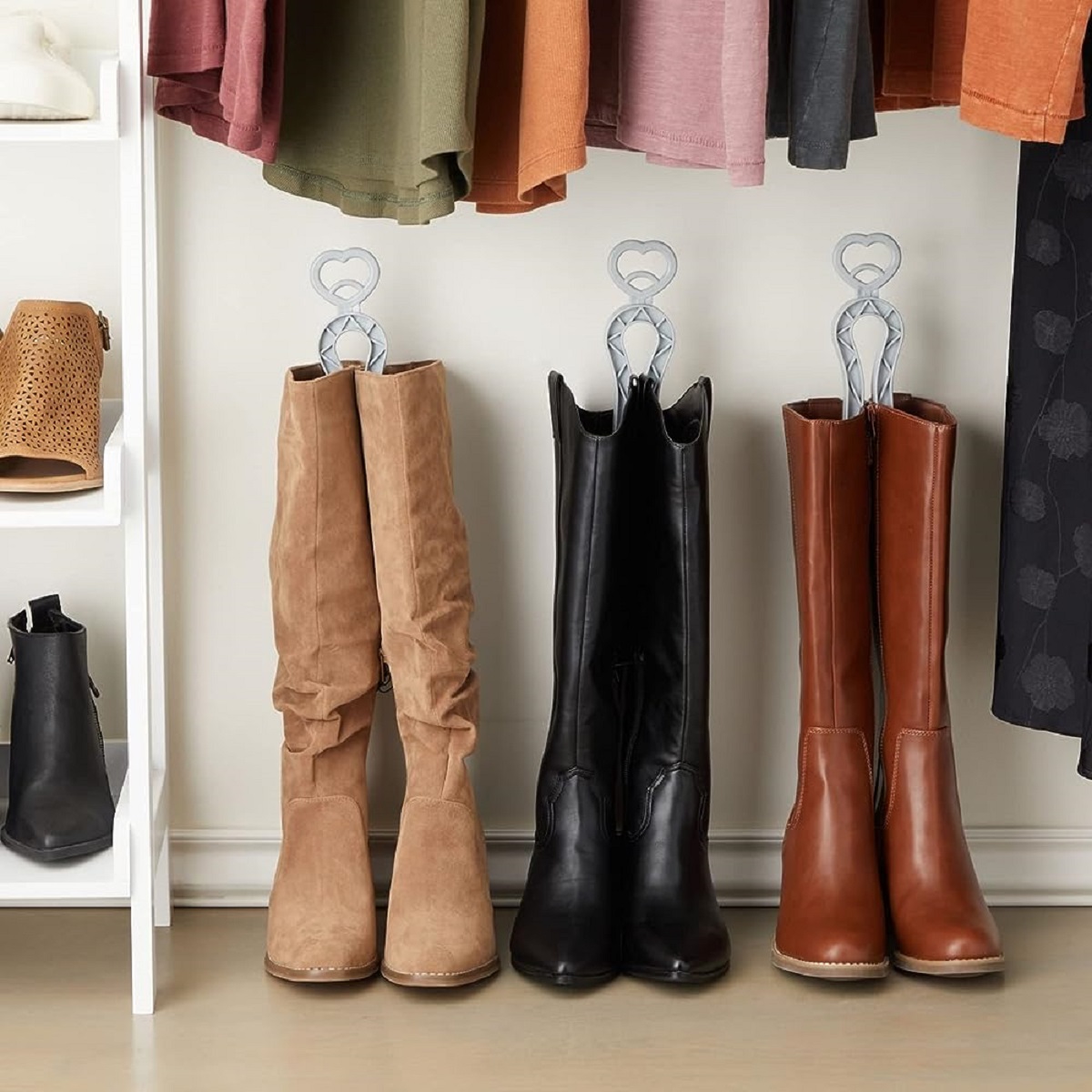
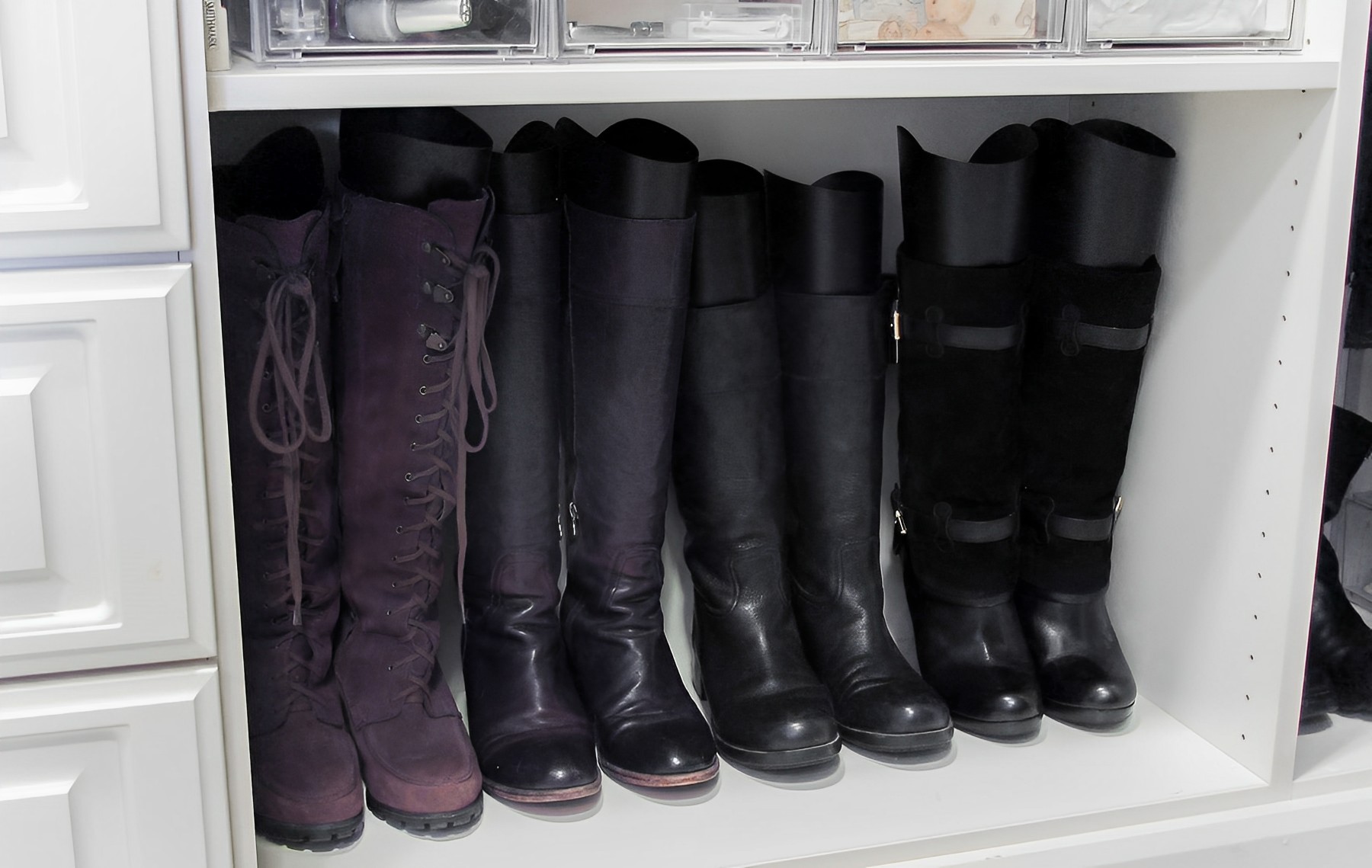

0 thoughts on “How To Store Winter Boots”